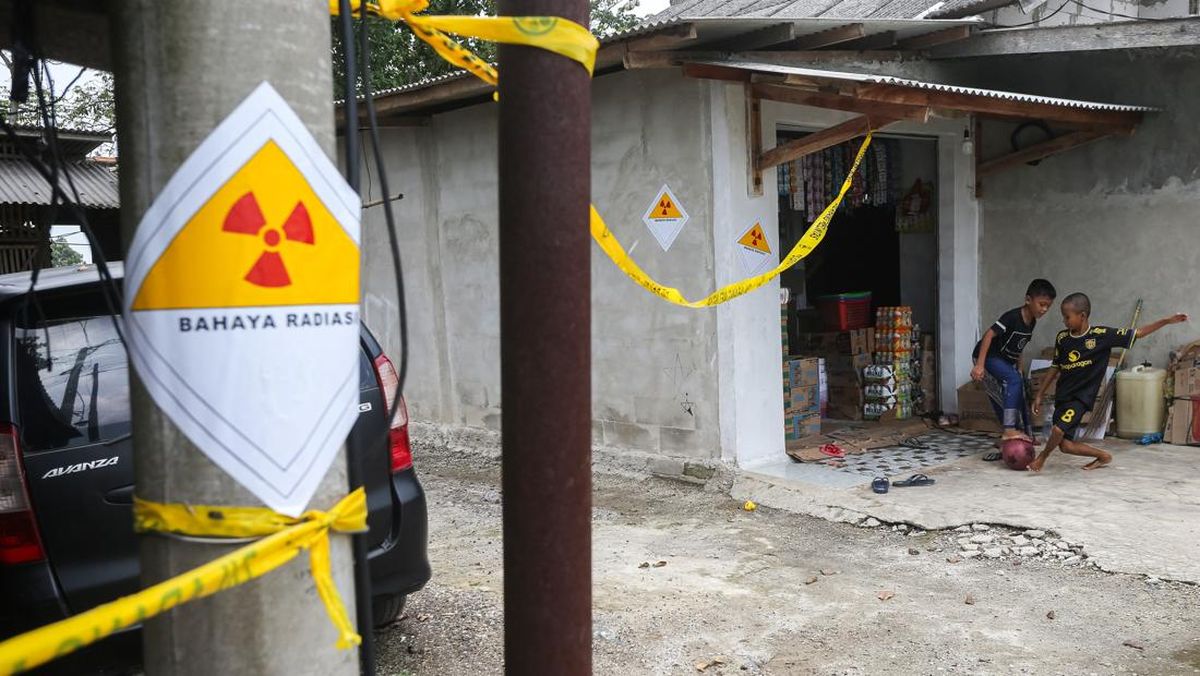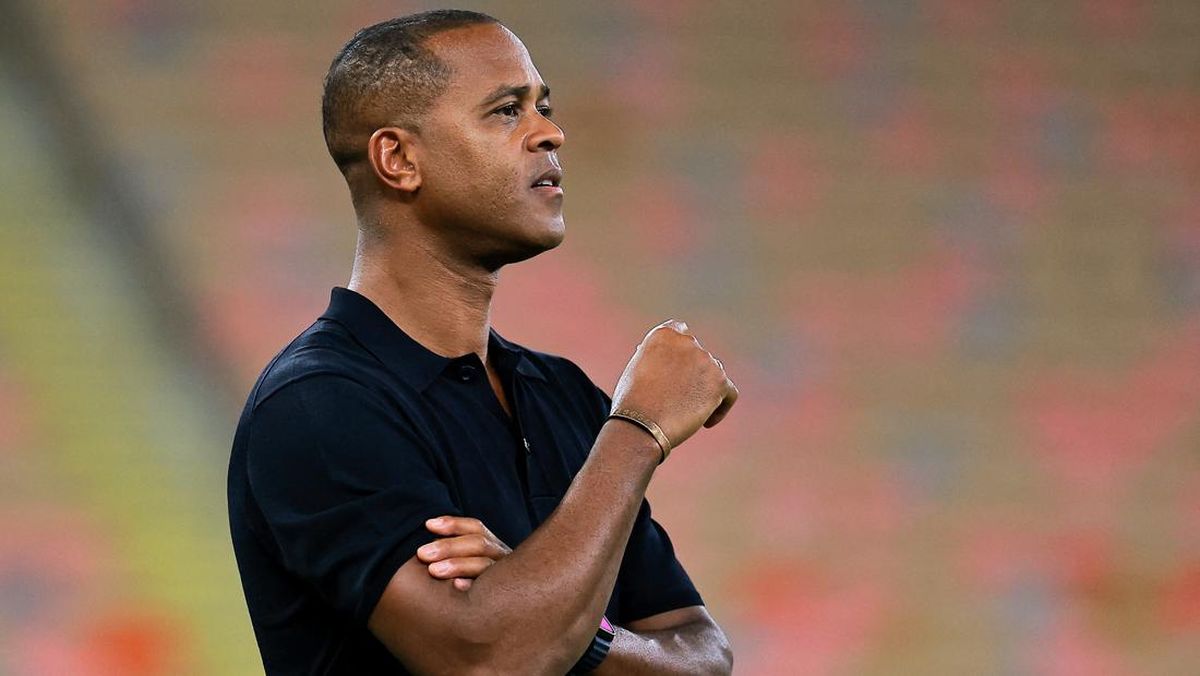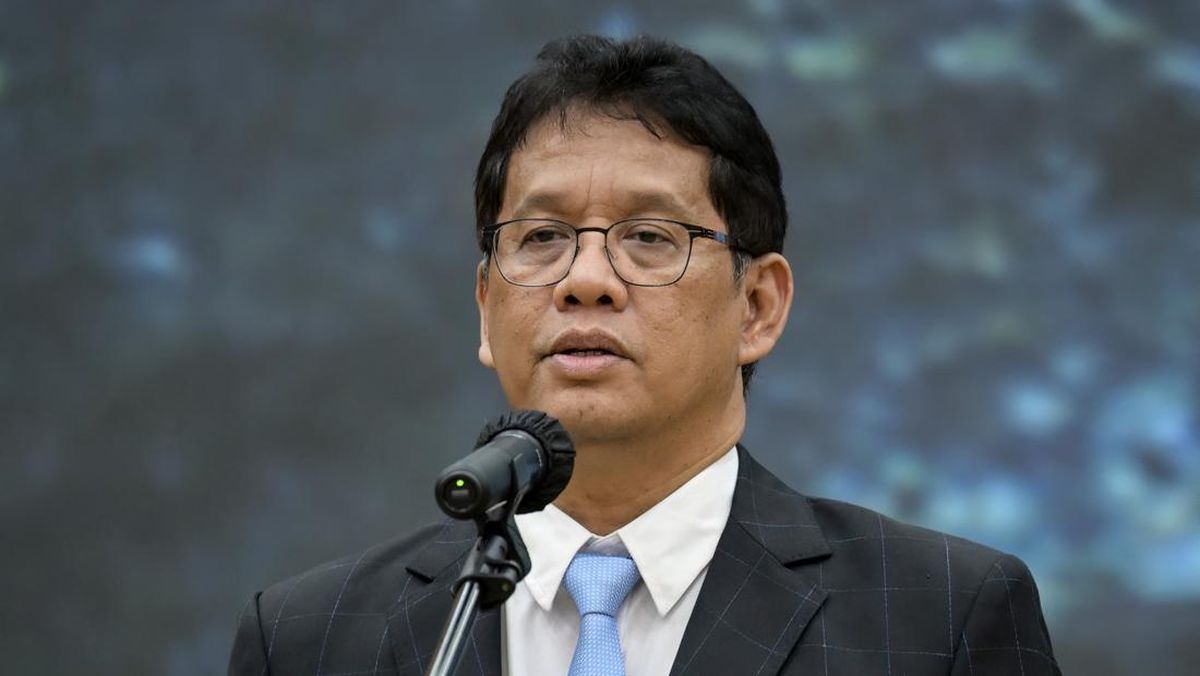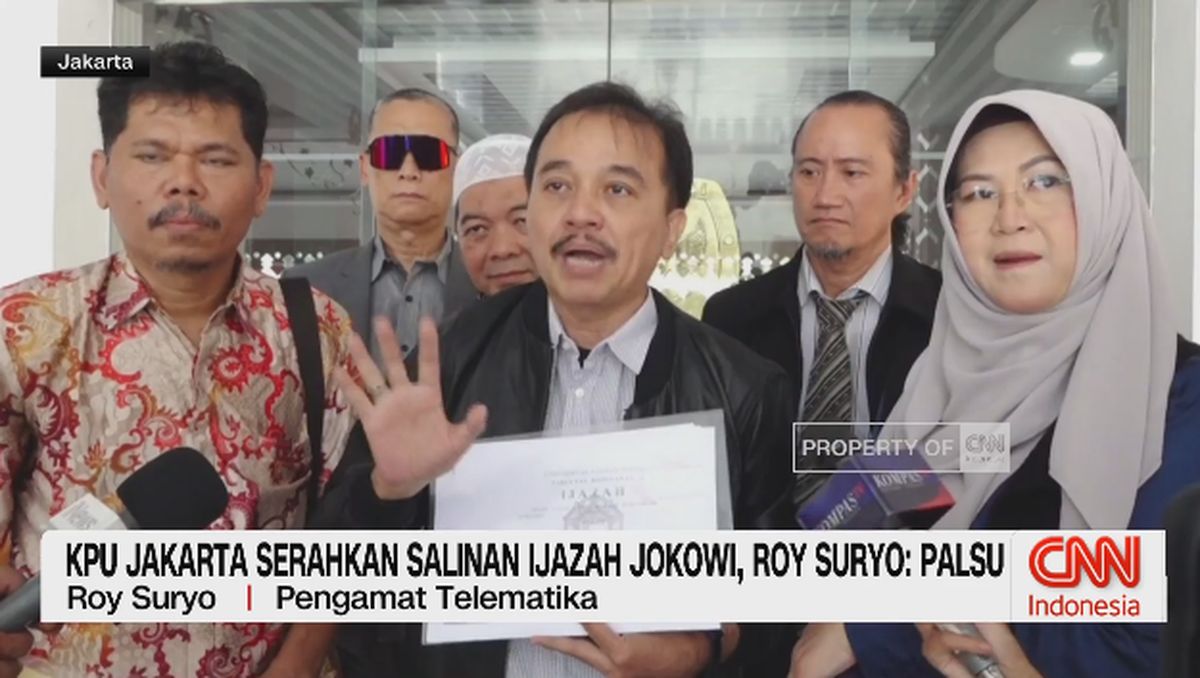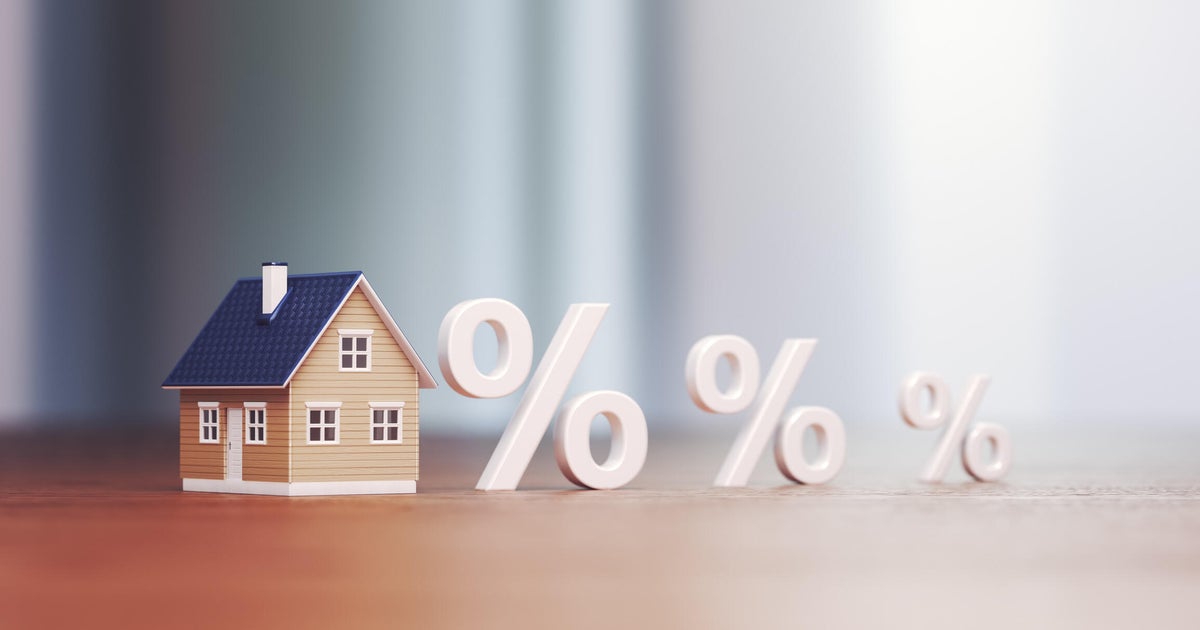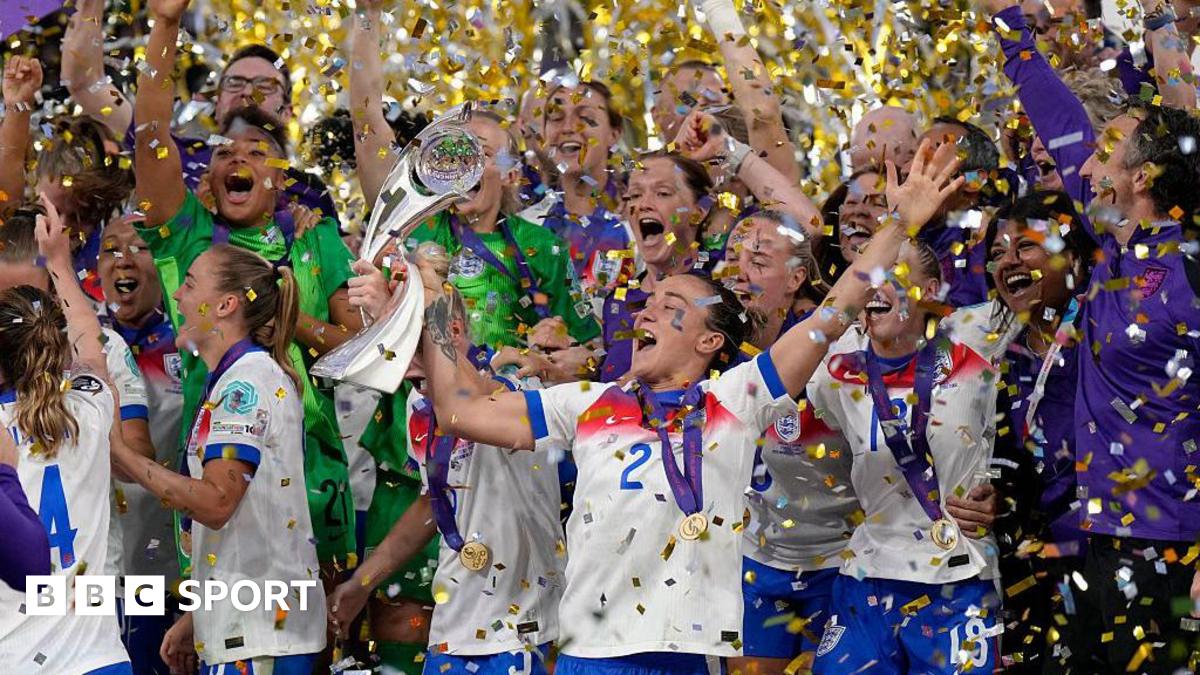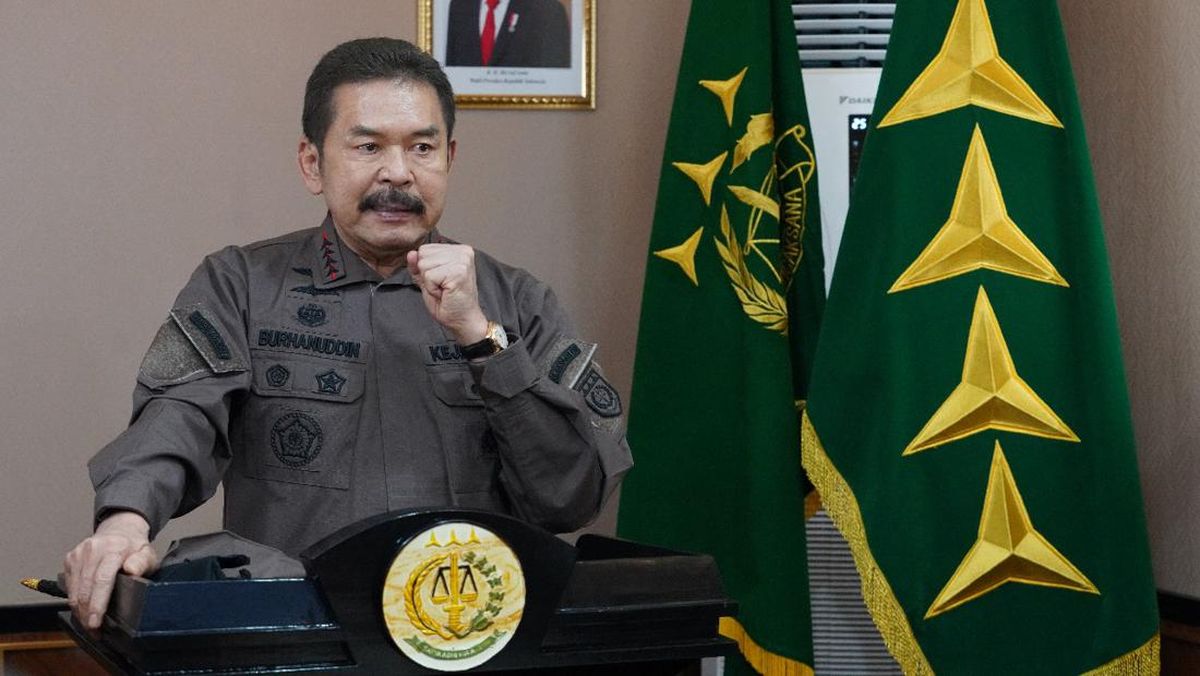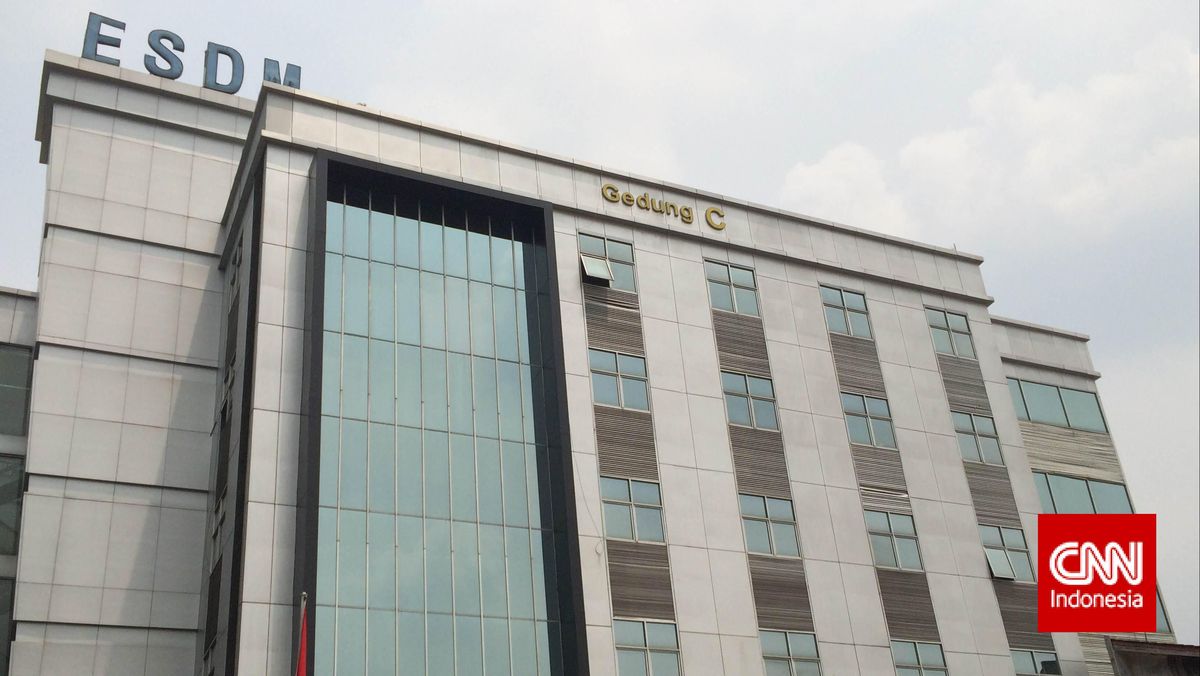The West Australian mining sector has made almost no improvements when it comes to balancing the number of men and women in the workforce over the past three years, new research has found.
The 10th report in the Gender Equity Insights Series from Bankwest Curtin Economics Centre and the Workplace Gender Equality Agency found fewer than one in three organisations nationally have a gender-balanced workforce.

The mining sector, which runs the majority of operations in WA, had one of the lowest rates for gender equity.Credit: Louie Douvis
It also showed companies that did not create a balance saw a higher turnover rate and lowered productivity, while those with a balance showed better resilience in tough markets and greater performance across a range of metrics.
For a $1 billion ASX-listed business, the report stated that investing in gender equity equated to around $93 million on average in added company value, up to $120 million depending on the existing leadership gender balance of the organisation.
Bankwest Curtin Economics Centre director and lead author Alan Duncan said there had been some pushback against gender equity globally – much of it stemming from the United States – and some companies in Australia had mimicked that pushback.
Loading
But Duncan said the report’s findings were proof that creating a diverse workforce was not only a fairness issue but a sound financial strategy.
“It’s not just nice to have, there is tangible value to it,” he said.
“The mining sector in WA is an example of an industry that has been predominantly male-dominated, where some companies have shifted the dial but for others progress has been slow.
“Much of it extends from leadership and setting the tone from the top should be a key starting point for change.”
According to the report, gender balance means at least 40 per cent women and 40 per cent men in the workforce, with industries including mining, electricity, gas, water and waste, and construction scoring poorly for meeting that balance.
On the upside, industries like agriculture, arts and recreation, IT and telecoms, accommodation and food, and finance and insurance, had all made positive steps towards creating a better balance between 2021-22 and 2023-24.
Duncan said the report also indicated that companies were more likely to have improved gender equity among the general workforce, but not in leadership roles.
“This again applies to the resources sector in particular, and there needs to be better measures in place to address this imbalance,” he said.
“Organisations that invest in equity strategies not only close pay gaps, they also build stronger, more resilient workforces.
Loading
“By contrast, those that fail to act will continue to lose talent, eroding leadership pipelines.”
Workplace Gender Equality Agency Australia chief executive Mary Wooldridge said every employer could secure benefits from addressing gender equality, starting with a gender pay gap analysis.
“The evidence is clear that gender-balanced leadership teams don’t just support women, they also deliver stronger results by fostering better decision-making, innovation and capacity to navigate challenges,” Wooldridge said.
“By digging into the data and developing an approach that’s tailored to their specific workforce needs, employers can build a strong pipeline of talented leaders and help safeguard the long-term sustainability of their organisation.”
Start the day with a summary of the day’s most important and interesting stories, analysis and insights. Sign up for our Morning Edition newsletter.
Most Viewed in National
Loading

